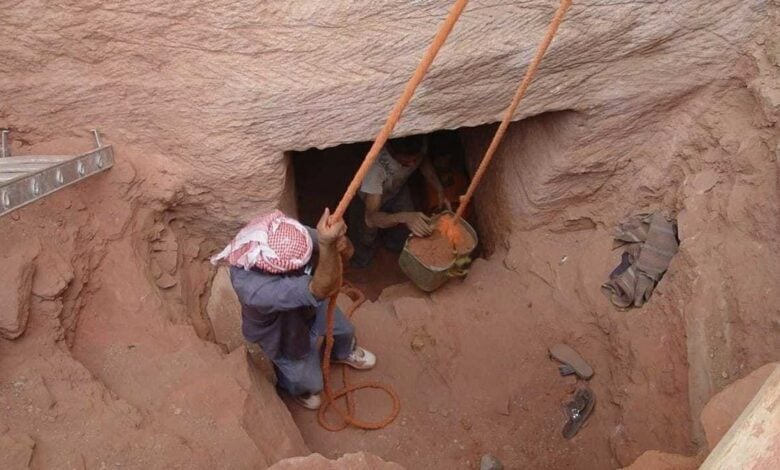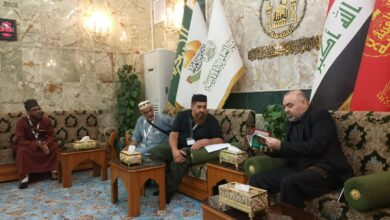Controversy erupts over discovery of hidden tomb in Petra, Jordan

The discovery of a hidden underground tomb in Jordan’s Petra by American archaeologists has sparked widespread controversy among archaeologists. The archaeological site is believed to date back to the 1st century BCE.
A report from the American Center for Archaeological Research revealed that the remains of 12 individuals were uncovered, including one holding a cup reminiscent of the “Holy Grail” associated with the Last Supper.
This discovery is being hailed as potentially the largest of its kind in Petra, with archaeologists suggesting there may be more undiscovered sites beneath the famed “Treasury” monument.
However, Dr. Suleiman Al-Farajat, a Jordanian archaeologist, has contested the originality of the find, asserting that the tomb was initially discovered by a team from Petra Archaeological Reserve in 2003 and 2005. He pointed out that the skeletons and artifacts had already been documented and are preserved at the Petra Archaeological Museum.
Dr. Al-Farajat raised concerns about the potential misrepresentation of historical narratives at Jordan’s archaeological sites, noting that locations like Wadi Rum have become closely linked with foreign figures, which could detract from the region’s authentic local history.
Conversely, Josh Gates, host of “Expedition Unknown,” described the discovery as exceptionally rare, stating there has been no comparable find in Petra’s excavation history. Dr. Pierce Paul Creasman, executive director of the American center, added that recent excavations have unveiled previously unexplored underground chambers.





